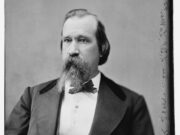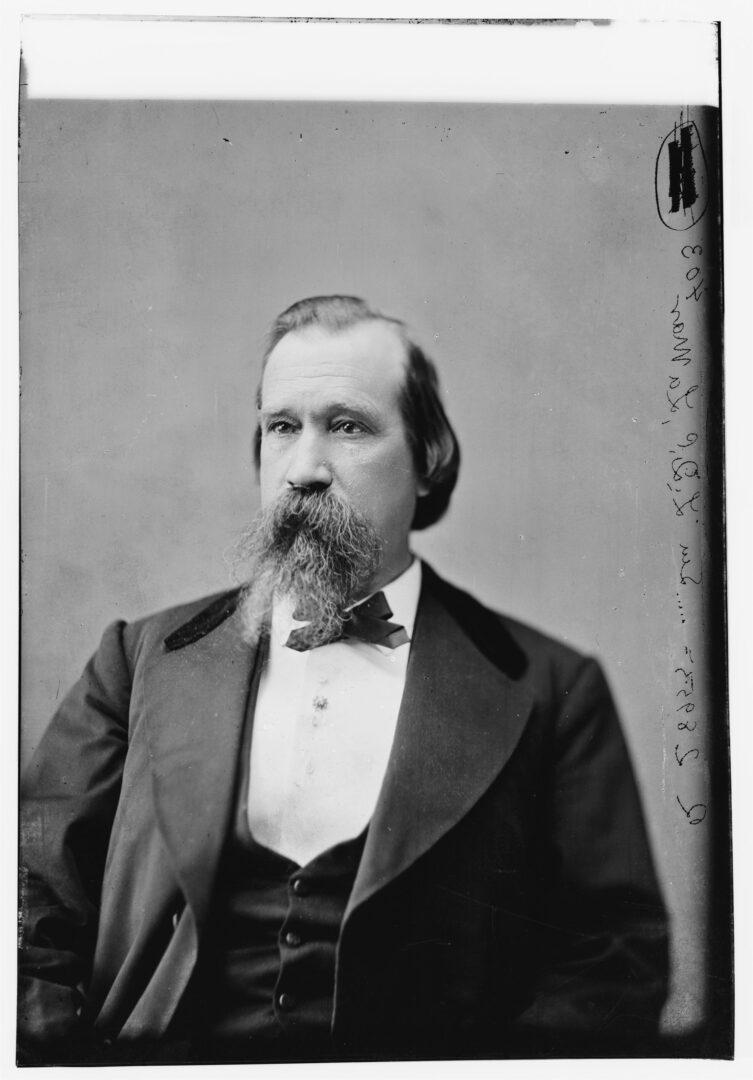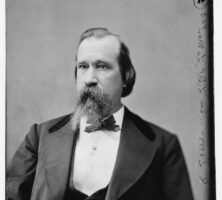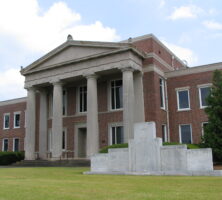Lamar County is located in west central Georgia, between Atlanta and Macon. The officials of the flourishing little city of Barnesville, settled in 1826, appealed to the state legislature four times—in 1869, 1906, 1912, and 1916—to create a new county with Barnesville as the county seat.
Finally, in 1920, the session of the state transferred land from Monroe and Pike counties and created the county of Lamar, making a land area for Lamar County of 185 square miles. The name was chosen for Lucius Quintus Cincinnatus Lamar (1825-93), a Putnam County native who became a U.S. Senator (elected to represent Mississippi), secretary of the interior, and associate justice of the U.S. Supreme Court.
Lamar County has a rolling landscape and is well drained by streams emptying into the Flint River and Ocmulgee River. Its agricultural land, with pecan and peach groves, is a little northwest of the geographic center of Georgia. Agricultural activities in the county include forestry, fishing, hunting, and mining.
After the treaty with the Lower Creek Indians was signed by Chief William McIntosh at Indian Springs in January 8, 1821, the land that comprised Monroe, Pike, and Crawford counties was ceded to the United States. English settlers came from Virginia, North Carolina, South Carolina, and older Georgia counties.
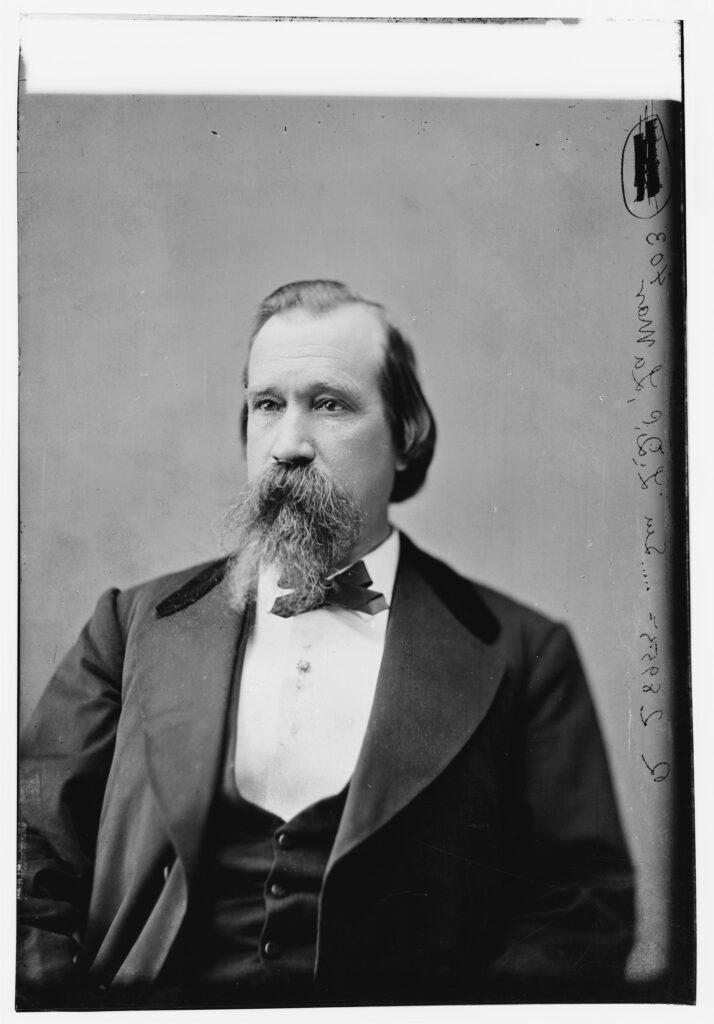
The county seat, Barnesville, was well known as the “Buggy Capital of the South” in the late 1800s and early 1900s, with several Barnesville companies producing buggies. The local Barnesville Gazette reported that Mr. Smith of the J. G. Smith and Sons Genuine Barnesville Buggies Factory anticipated “for the year 1897 he will ship at least 1,200 buggies” and “is almost sure to double this for 1898.” In mid-September each year, Barnesville celebrates Buggy Days with a parade—displaying original Barnesville Buggies—and a crafts celebration bringing thousands of visitors to the town.
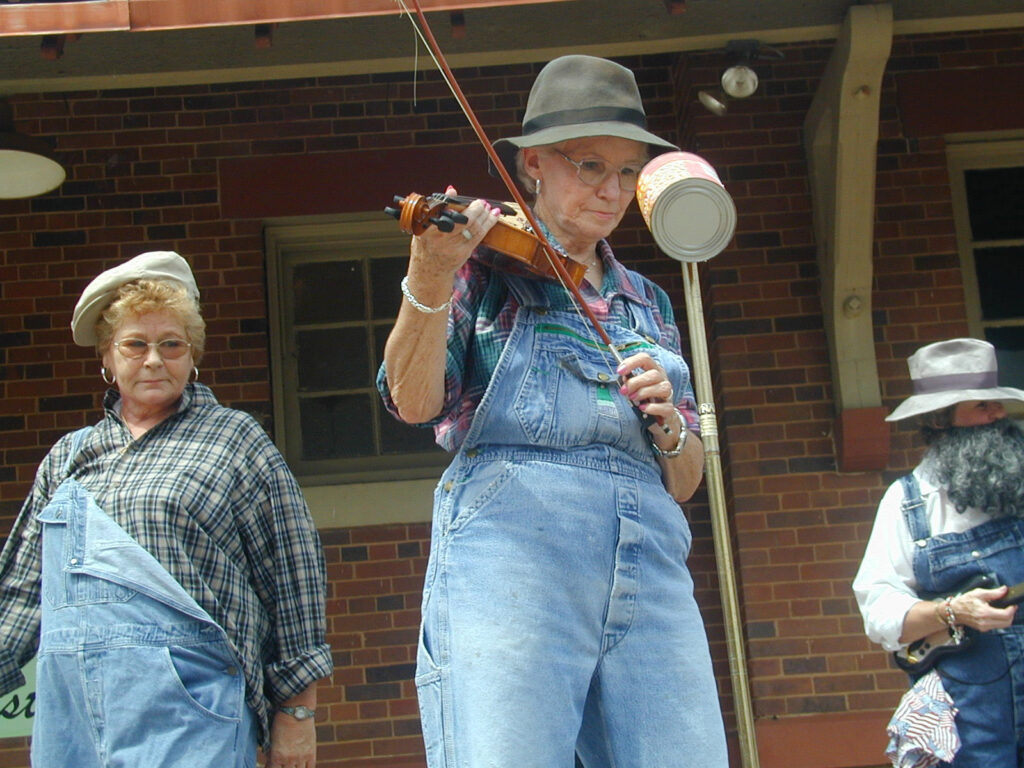
Population in the county grew from the 1930 census figure of 9,745 to 18,317 in the 2010 census. According to the 2020 census, the population increased again to 18,500.
Gordon State College, located in Barnesville, was founded in 1872 as the Gordon Institute in honor of General John B. Gordon, Confederate soldier and statesman. Gordon Institute became Gordon Military College (1927-72) and educated and trained men who fought during World War II (1941-45), the Korean War (1950-53), and the Vietnam War (1964-73). In 1972 the college became a two-year unit of the University System of Georgia, and in 2007 it transitioned to a four-year institution.
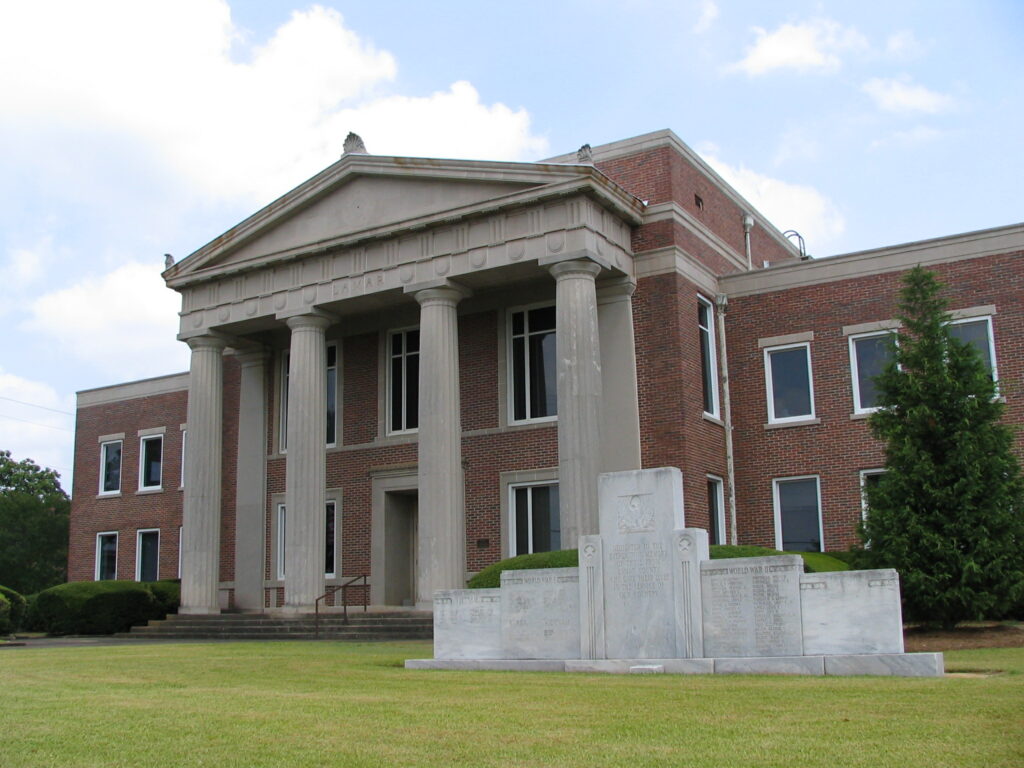
The Barnesville Expo Center offers a wetlands trail with an open arena. The center, used for trade shows and educational programs as well as livestock events, is the first in the nation to combine wetlands and an expo center. Lamar County is investing in its future to provide environmental and agricultural education for its youth.


